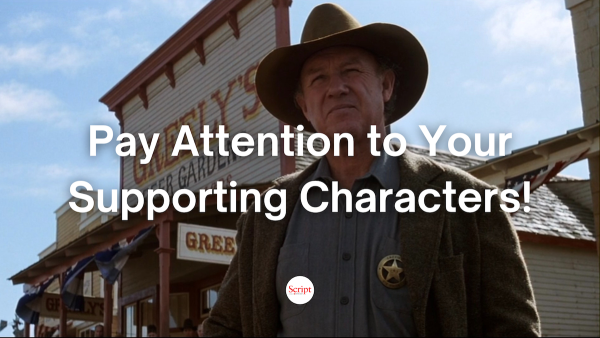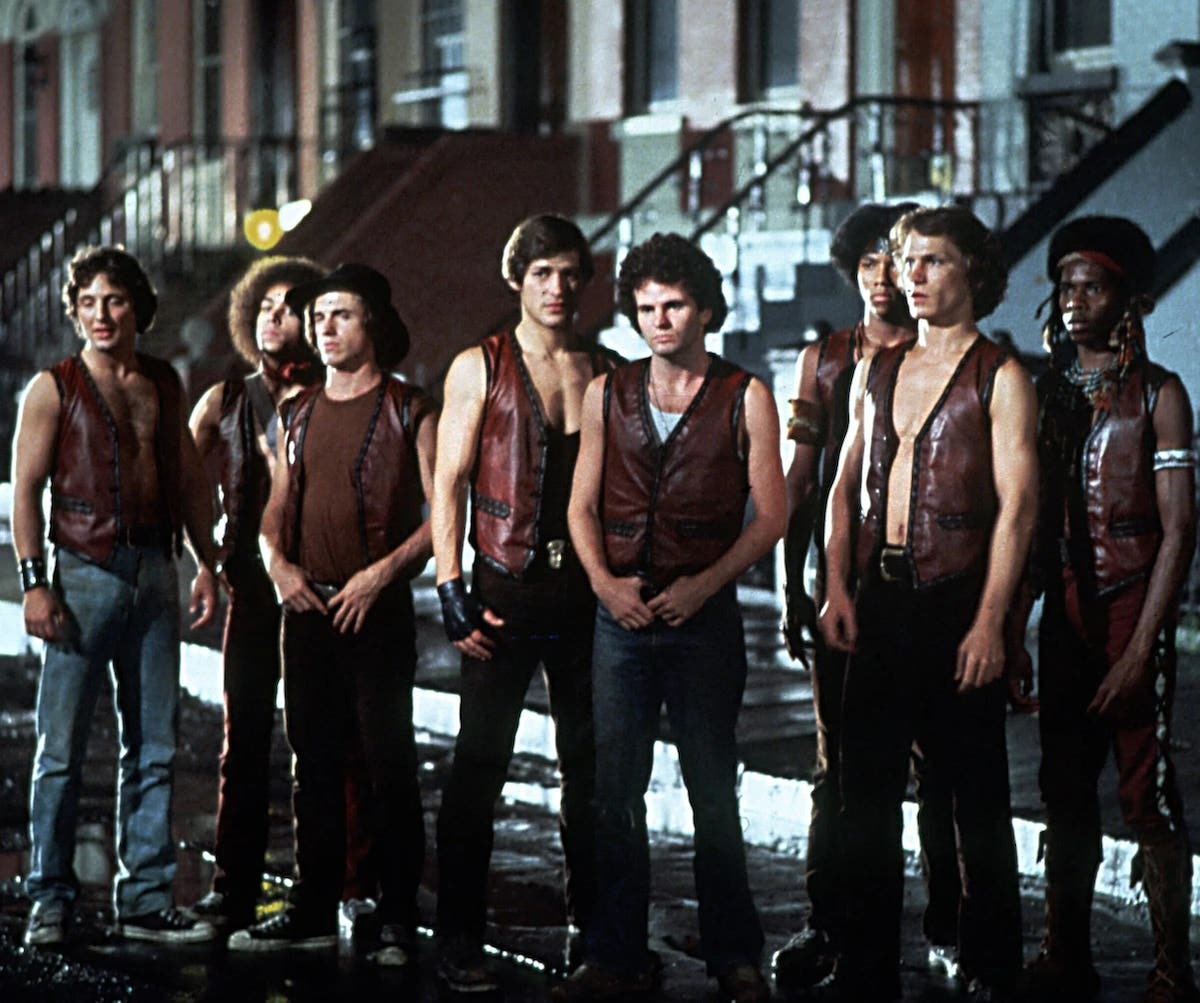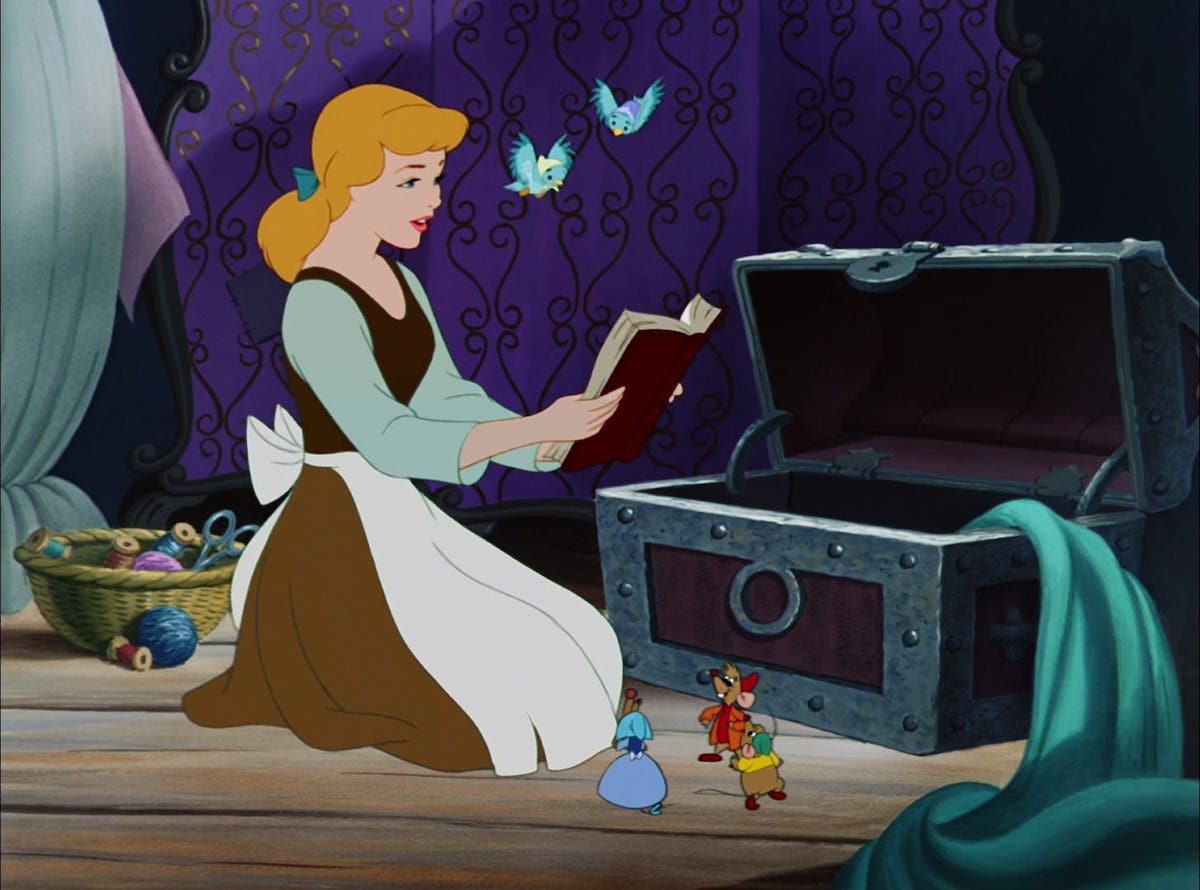Ask the Expert: Developing Characters Through Conflict
Comedy writers Peter Desberg and Jeffrey Davis answer the question, “I’m writing a TV comedy pilot. Which should I focus on first? Character or story?
Peter Desberg and Jeffrey Davis of Show Me the Funny! answer the question:
Q: I’m writing a TV comedy pilot. Which should I focus on first? Character or story?
A: The answer is conflict. In our book, Show Me The Funny!:A Seat At The Table With Hollywood’s Top Comedy Writers (Sterling Publishing), and in a new video available for downloading on Vimeo, we gave twenty-five powerhouse comedy writers a generic comedy premise about Molly a 50ish mother who has to move in with her grown daughter, Sarah, when her husband dies suddenly and she discovers she’s broke. We asked the writers to develop it. No rules, no boundaries. The result: twenty-five unique stories with characters developed out of conflict. Comedy writers use it to dimensionalize their characters.
Rule number one: Someone has to want something badly. Something or someone has to be in their way.
Lew Schneider (Everybody Loves Raymond, Men of a Certain Age, New Adventures of Old Christine) comes up with a new take on the over-used device of a father teaching his teenage daughter to drive. Lew imagines a scene in which the 50ish mother is the student and her eighty-year-old father is her instructor. By thinking about how each of the characters would react in this situation Lew is able to construct three-dimensional characters. The dad is hard of hearing, has lousy eyesight and is short-tempered. The daughter has never learned how to drive and reverts to a hysterical teenager.
Creator of Living Single, Yvette Bowser, uses the method of generating a detailed list of character traits on file cards. Next, she finds points that will put them in conflict with others. When she was figuring out who the daughter was, she wrote political outlook on a card. That gave Yvette the idea that Sarah was conservative politically. This would surely clash with her liberal mother and produce sparks.
Charlie Peters (Three Men and a Little Lady, My One and Only) has a different take on how to develop characters in conflict. “… the motivation for every character should be to get out of the movie. Once a character is in the movie and enjoying the movie, the movie is over. If they had their choice, they would get the guns of Navarone on page 2. No one should want to be in a movie; it sucks to be in a movie. You want to watch the movie…not be in it.”
SNL and Monk writer David Breckman turns Shakespeare on his head. What if the mother has a dark motive while on the surface she’s all smiles and charm. When the daughter suspects that the mother has gone “Iago” on her boyfriend and is subverting Sarah’s relationship so she can move in on the guy the daughter loves. Imagine what happens when she discovers that her mother is a sociopath.
Peter Casey (co-creator of Wings and Frasier) turns an inanimate object into a three-dimensional character. Psychiatrist Frasier Crane moves home. He rents a fantastic apartment, no expense spared to decorate it. It has the perfect view of Seattle and Frasier becomes a local celebrity; people call into his radio show with their problems. Then his father moves in with him. Enter the most original character in sitcom history…the dad’s chair. The set designer bought a worn recliner, found the most dreadful pattern ever designed to upholster it and wrapped the recliner in duct tape. The purpose of this reclining character? It represented the conflict between the fantasy life Frasier planned, and the reality of never being able to have it.
Heide Perleman, (Cheers, Frasier, The Tracy Ullman Show) demonstrates the technique of showing hostile conflict through the use of dialogue. She makes sure the characters want different things, but she doesn’t stop there. Each character must have her own speech pattern, especially annoying ones. About her relationship with her own mother Heide says, “My mother has a habit of saying, ‘Right?’ after a statement forcing you to agree with her, even if you don’t. “Oh, you love tuna fish, right?” “No, I don’t.” “Yeah, you love it, right?” Forcing the issue, and you’re thinking, “What does it matter if I say, ‘Right’? I know I don’t like tuna fish, but being forced into agreement is frustrating.”
Most writers gravitate toward hostile comedy. The iconic Leonard Stern (The Honeymooners, Get Smart) went in the opposite direction. All of his comedy is based on conflict, but never hostile conflict. His conflicts come out of love. The telephone device can always get a laugh: If a character walks into the apartment with three bags of groceries slipping out of his grasp, it’s funny. If he and his date are half out of their clothes while balancing the grocery bags, it’s funnier. Now take the first two and add the telephone ringing. Who is always at the other end of the line…his mother. And as he’s trying to get her off the phone, she’s saying, “So when are you going to give up this silly writing business and go back to pharmacy school?” She loves you, and has the best of intentions. Study any episode of I Love Lucy. Sixty years later the show demonstrates Stern’s approach to conflict out of love.
To see more techniques top comedy writers use to create conflict in real-time download SHOW ME THE FUNNY the video. And while you’re at, the holidays are here. Order a copy of the book. Order two. Gifts are good. It couldn’t hurt.
About the Experts:
Peter Desberg and Jeffrey Davis provide readers with a unique glimpse into the intelligent and quirky inner workings of the comedic mind with their new video based on the bookShow Me the Funny! At the Writers Table with Hollywood’s TopComedy Writers now streaming on Vimeo. The book presents 28 top comedy screenwriters from the revered figures of television’s “Golden Age” to today’s favorite movie jokesters. Desberg is a writer, longtime university professor and a licensed clinical psychologist who specializes in the area of stage fright. Davis is a television writer, playwright and the Screenwriting Department Chair and associate professor of film and TV writing at Loyola Marymount University. Find out more information by visiting www.smtfo.com or ‘like’ them on Facebook.com/SMTFfans or follow on Twitter @showmefun2.
Top screenwriting and film publication, founded in 1989, published by Active Interest Media. Twitter: @scriptmag







